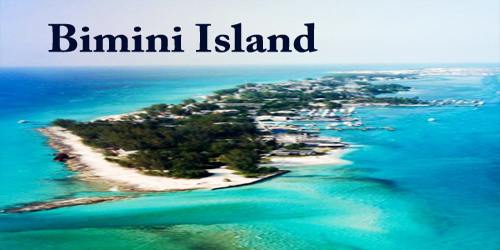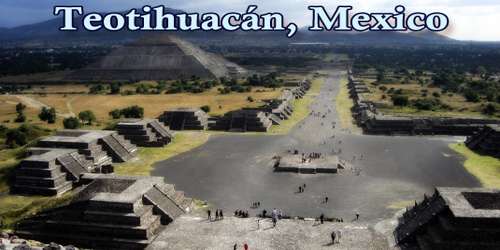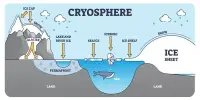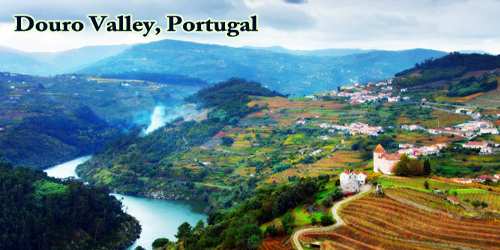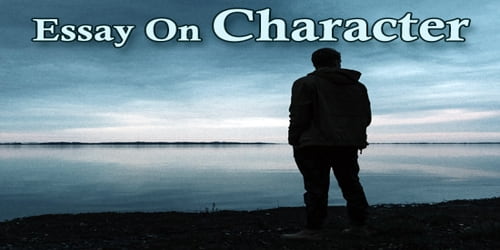Bimini /ˈbɪmɪniː/ is the closest Bahamian island to the United States, boasting miles of pristine beaches. It is also known as the “Big Game Fishing Capital of The Bahamas”. It is the westernmost district of the Bahamas and comprises a chain of islands located about 80 kilometers (50 mi) due east of Miami. Bimini is the closest point in the Bahamas to the mainland United States and approximately 210 km (130 mi) west-northwest of Nassau. The population is 1,988 as of the 2010 census.
Known as Ernest Hemingway’s favorite escape, Bimini is historically significant. Visitors from around the world enjoy its historical complexity and renowned past, including Bimini Road, which some believe is a remnant of the legendary Lost City of Atlantis.

Bimini has three islands, North Bimini, South Bimini, and East Bimini. The largest islands are North Bimini and South Bimini. The District of Bimini also includes Cay Sal Bank, more than 100 km (60 mi) further south, which is geographically not a part of the Bimini Islands but a separate unit. North Bimini is about 11 km (7 mi) long and 200 m (700 ft) wide. Its main settlement is Alice Town, a collection of shops, restaurants, and bars on a road known as “The King’s Highway”. The second major road is called Queens Highway and runs almost the length of the island parallel to Kings Highway.
South Bimini (pop. 182) houses an airstrip, South Bimini Airport, and offers a quiet alternative to the slow bustle of North Bimini. There is a small community of homes on South Bimini known as Port Royale. For many years, South Bimini tourists were limited to boaters because there were few accommodations other than private homes.
Before discovery of the New World, the Lucayan Indians inhabited what is now known as the Bahamas. The Lucayan named one group of islands, Bimini, and it is one of the few islands that retained is original name after the Spanish sailed across the Atlantic.
In 1492, Christopher Columbus made his first landfall in the New World on the island of San Salvador in the eastern Bahamas. After he observed the shallow seas surrounding the islands, he referred to it as “baja mar” (which means “low water or sea”), thus the area was named The Bahamas, or “The Islands of the Shallow Sea.”
Bimini’s first settlers were freed slaves from New Providence, who had gone in search of opportunities on the other islands of the Bahamas. Many of the current natives are direct descendants of these original settlers.
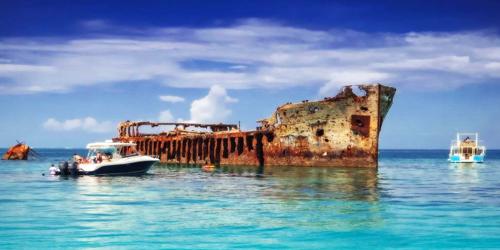
In the 1920’s, Bahamian rum runner Bruce Bethel purchased a World War I concrete Liberty ship, the SAPONA. Bethel brought the ship to Bimini and used it as a warehouse for liquor. The Sapona and Bimini served as a base of operations for rumrunners from Nassau during prohibition. His plans also included using it as a nightclub, but that never materialized. The Sapona was run aground in 1926, and broken in two by the great storm of that same year. During World War II, US Navy pilots used the ship for target practice.
As goods on the island were expensive because of shipping costs, many locals used Chalk’s flights to buy cheaper goods in Florida and take the goods to Bimini. A Grumman Turbo Mallard of Flight 101 was en route to Bimini when it crashed on December 19, 2005, killing all 18 passengers and 2 crew; at least eleven of the passengers were Bimini residents. Locals on Bimini mourned the dead.
On January 13, 2006, one of the most famous establishments in Bimini, the Compleat Angler Hotel, was destroyed by fire. The bar is remembered for the photographs and memorabilia of Ernest Hemingway that lined its walls and were lost in the fire, which also took the life of owner Julian Brown.
Since the early 1920s, Bimini has developed into a famed destination for adventurers, travellers, and smugglers from around the world. And when Pulitzer prize-winning author Ernest Hemingway found his way here in 1935, Bimini began to develop its own tropical vacation allure. Hemingway was so enthralled with Bimini, he used it as the inspiration for his classics “The Old Man & the Sea” and “Islands in the Stream”.
Famed explorer, Juan Ponce de León, was allegedly lured here in the early 1500s in search of the ‘Fountain of Youth’, and a site still bears that name today. Found within the brackish mangrove swamp that covers 6 kilometres (3 1⁄2 mi) of the shoreline of North Bimini is The Healing Hole, a pool that lies at the end of a network of winding tunnels. During outgoing tides, these channels pump cool, mineral-laden fresh water into the pool. Because this well was carved out of the limestone rock by ground water thousands of years ago it is especially high in calcium and magnesium.
Bimini is home to several unique, endemic and threatened species. The Bimini Boa (Epicrates striatus fosteri), protected by Bahamian law, is the largest of the terrestrial reptiles on Bimini. The Bimini Ameiva (Ameiva auberi richmondi) is a very common, fast moving lizard on the island. The Smalltooth sawfish (Pristis pectinata) is one of the rarest fish in the world, sometimes listed as a critically endangered species by conservation groups.
The Bimini Biological Field Station has captured and recorded 13 species of sharks in the shallow waters around Bimini. However, the number of sharks around the island is even higher when considering the sharks of the deep waters off Bimini’s western shores. Along with the species featured below, the BBFS has witnessed and recorded captures of Shortfin Mako sharks (Isurus oxyrinchus), Bigeye Thresher sharks (Alopias superciliosus), Spiny Dogfish (Squalus acanthias), and Sixgill Sharks (Hexanchus sp.).
Referred to by many as the Big Game Fishing Capital of the World, the waters of Bimini have since been made world famous by anglers and divers. The Lost City of Atlantis and the Fountain of Youth are other legends that are believed by many to be found in Bimini as well.
In May 2008 marine conservationist Jean-Michel Cousteau criticized Bimini Bay Resort, now Resorts World Bimini by Hilton, calling it a “catastrophe” and announcing, “allowing Bimini Bay to continue with phase II would certainly strip this island paradise of its precious natural riches. Over time, visitors and residents alike will suffer the decline of economic, social and environmental prosperity.”
Bimini hosts popular deep-sea fishing tournaments from March to September, and diving and snorkeling opportunities abound. Besides the popular shark and dolphin dives, highlights include Rainbow Reef, Sapona Wreck, and Victory Reef. Ernest Hemingway spent several summers in Bimini (from 1935 to 1937), finding inspiration for the novels The Old Man and the Sea and Islands in the Stream.
Also of note, Dr. Martin Luther King, Jr. visited the island in 1968 and composed parts of his Nobel Peace Prize acceptance speech while sailing with local boat builder, Ansil Saunders.
Information Sources:
